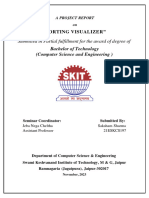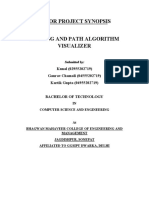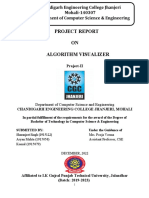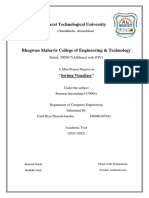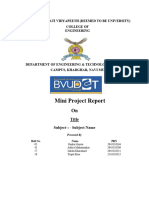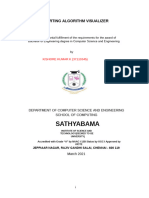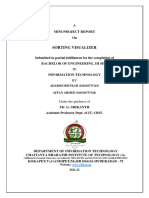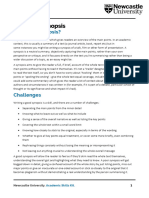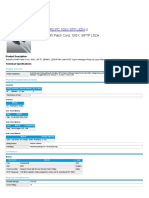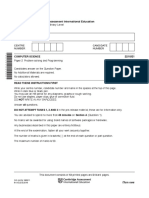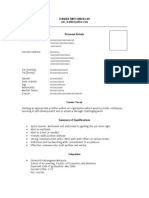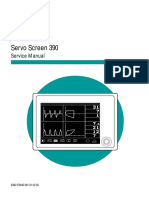0% found this document useful (0 votes)
31 views11 pagesModules
The document outlines the development of an interactive online platform called Algorithm Visualizer, designed to teach sorting algorithms through visual representation. It aims to enhance understanding for computer science students by allowing them to visualize algorithm execution on data arrays, with features like step-by-step execution and user-friendly controls. The platform is built using modern JavaScript technology and is intended to serve both students and educators in the IT sector.
Uploaded by
Male NephlenCopyright
© © All Rights Reserved
We take content rights seriously. If you suspect this is your content, claim it here.
Available Formats
Download as PDF, TXT or read online on Scribd
0% found this document useful (0 votes)
31 views11 pagesModules
The document outlines the development of an interactive online platform called Algorithm Visualizer, designed to teach sorting algorithms through visual representation. It aims to enhance understanding for computer science students by allowing them to visualize algorithm execution on data arrays, with features like step-by-step execution and user-friendly controls. The platform is built using modern JavaScript technology and is intended to serve both students and educators in the IT sector.
Uploaded by
Male NephlenCopyright
© © All Rights Reserved
We take content rights seriously. If you suspect this is your content, claim it here.
Available Formats
Download as PDF, TXT or read online on Scribd
/ 11





